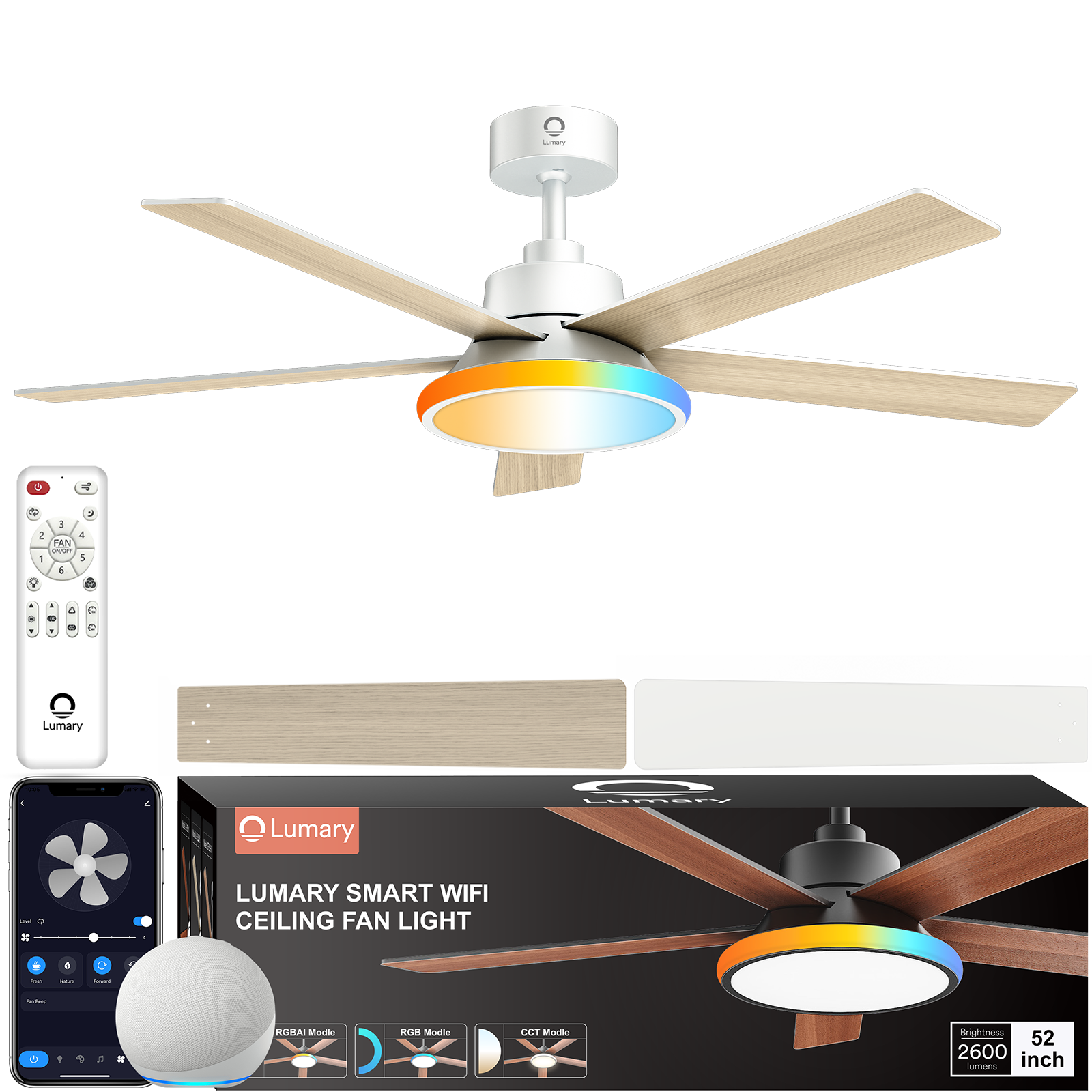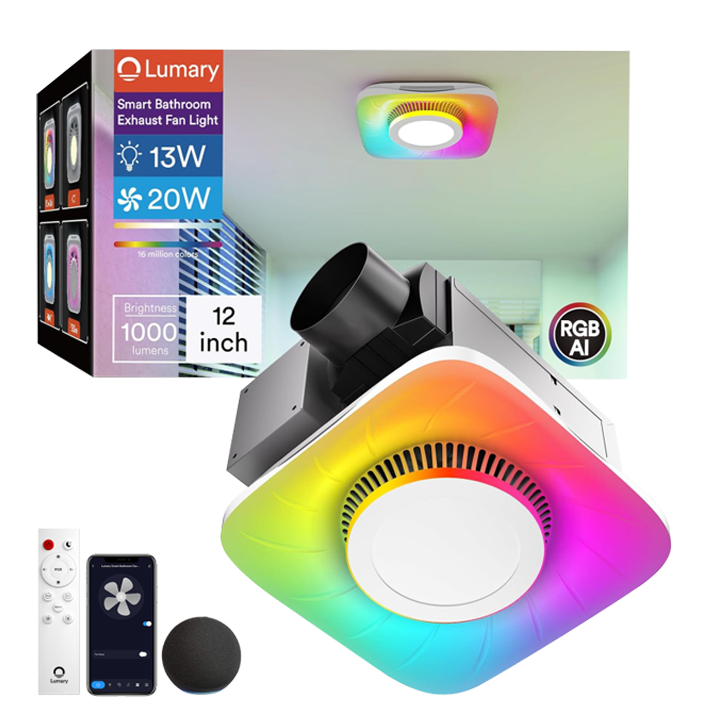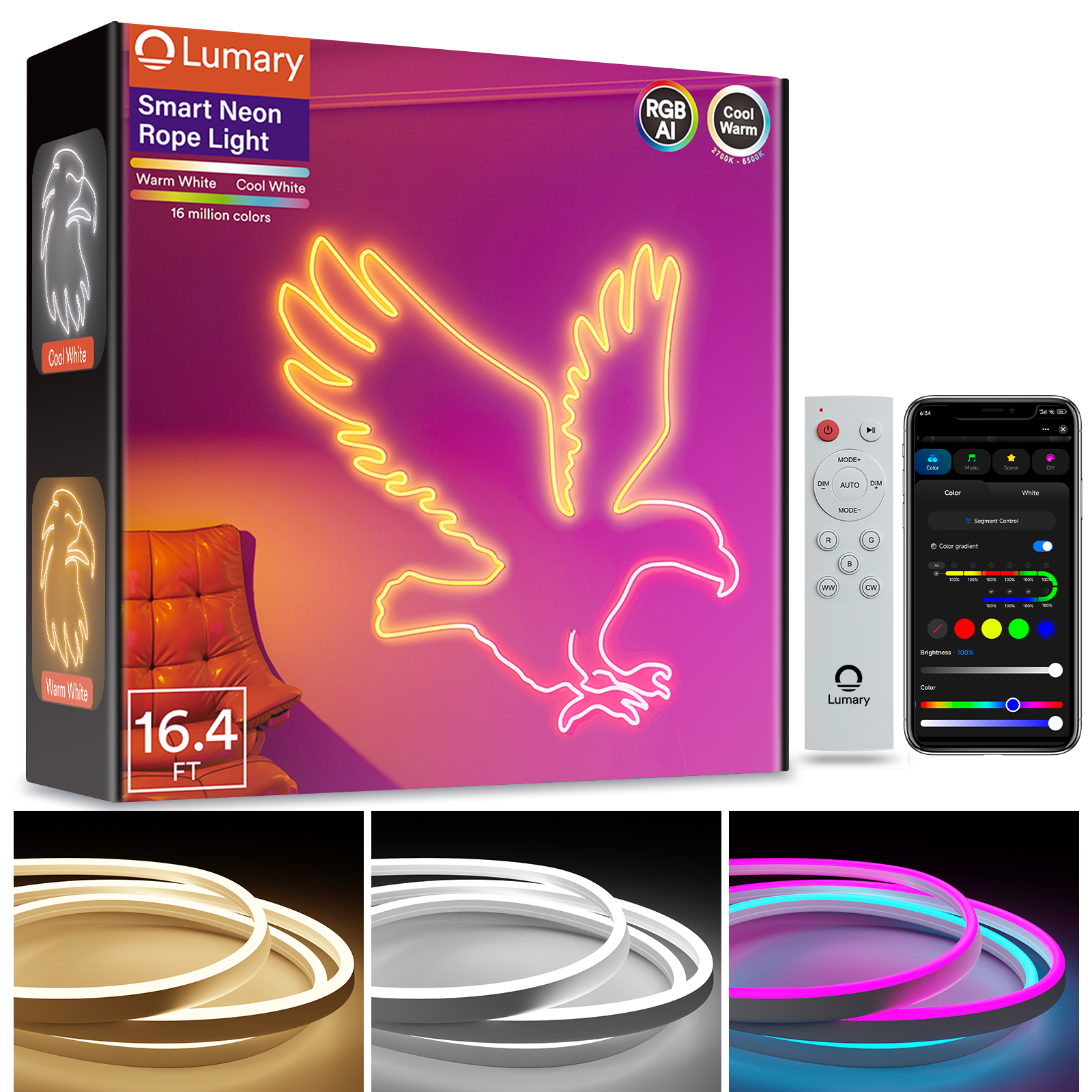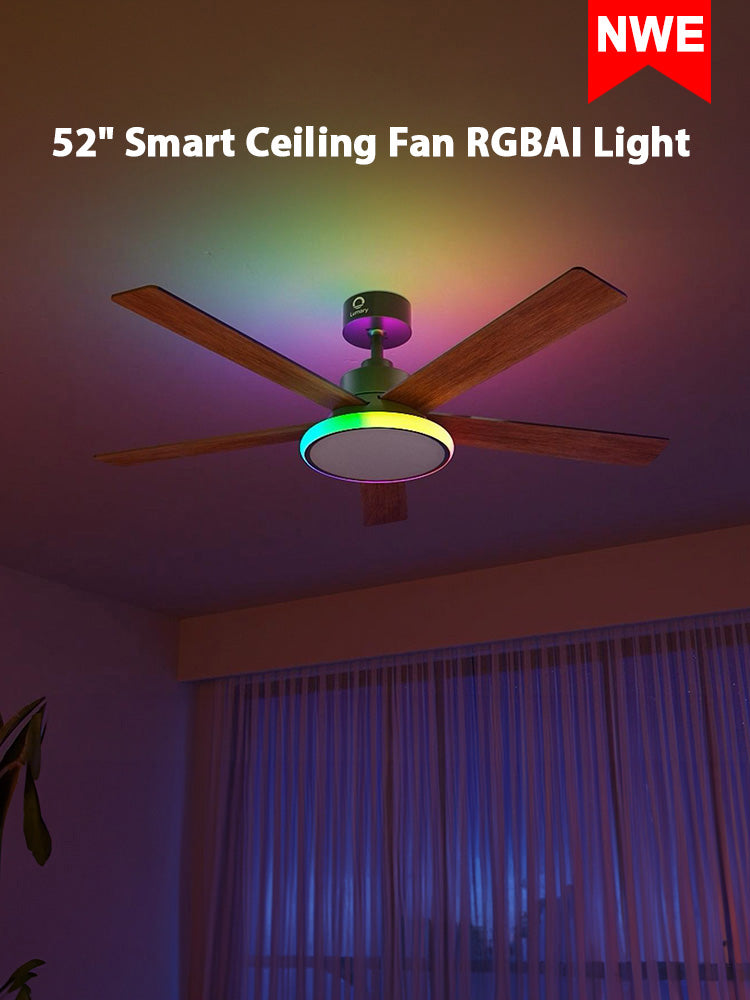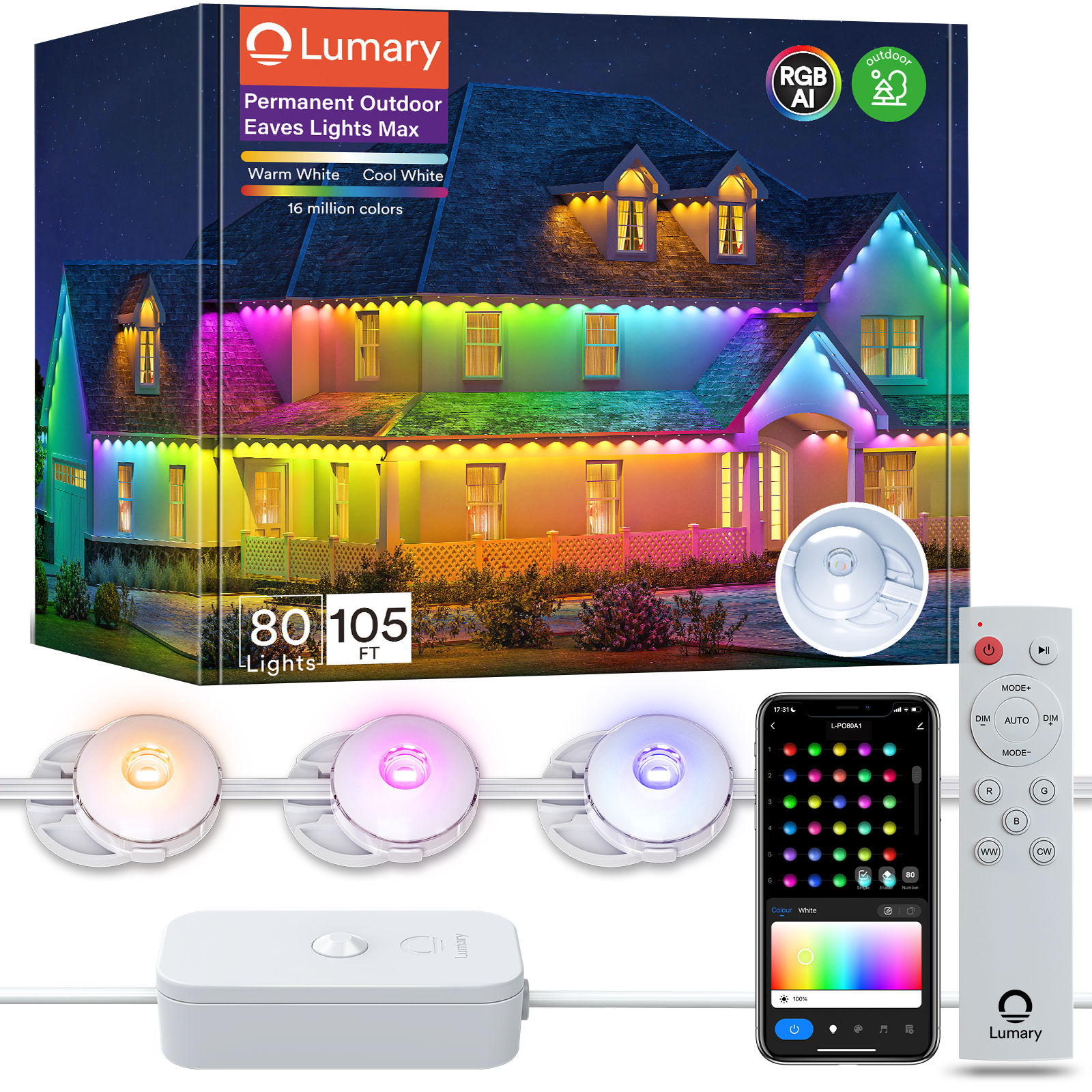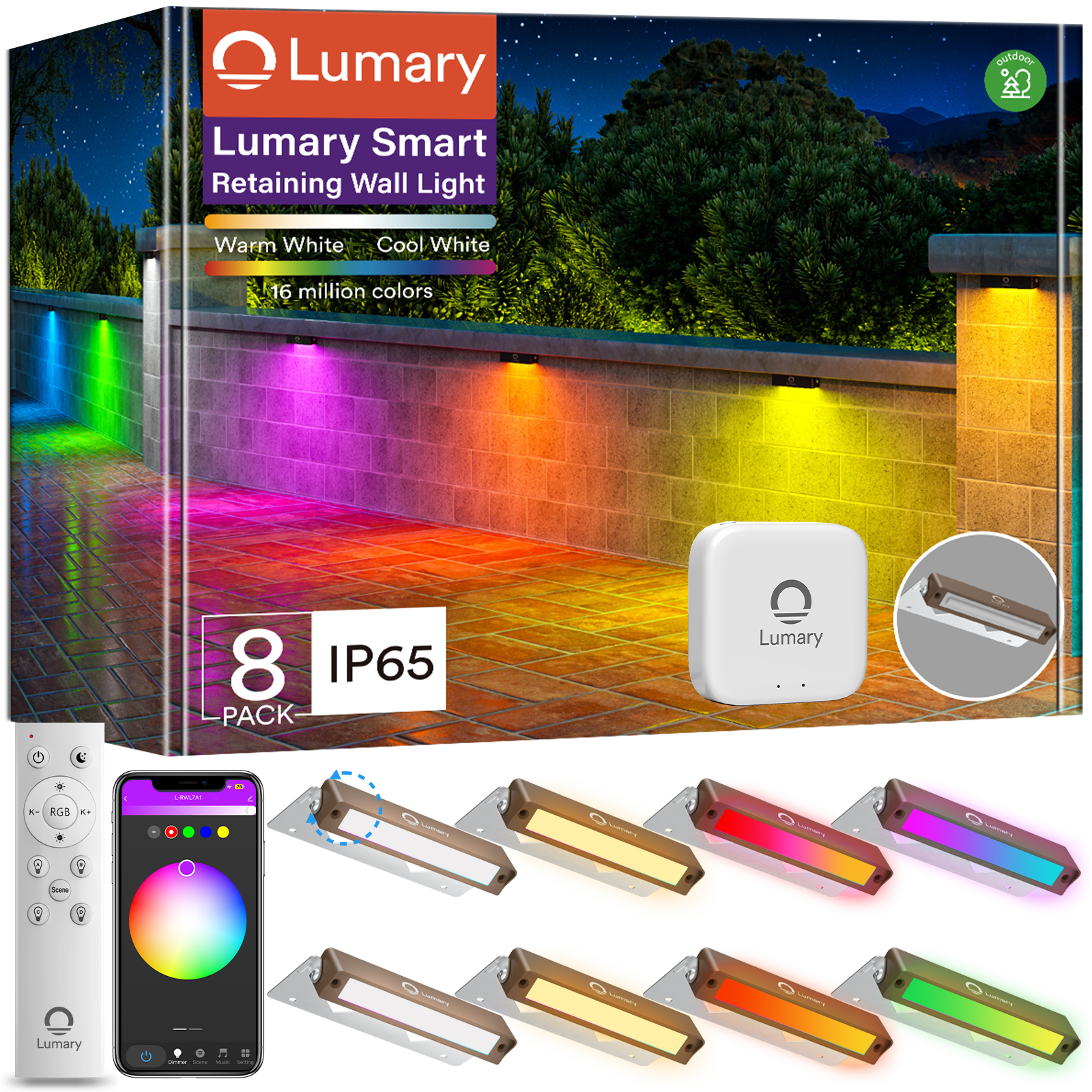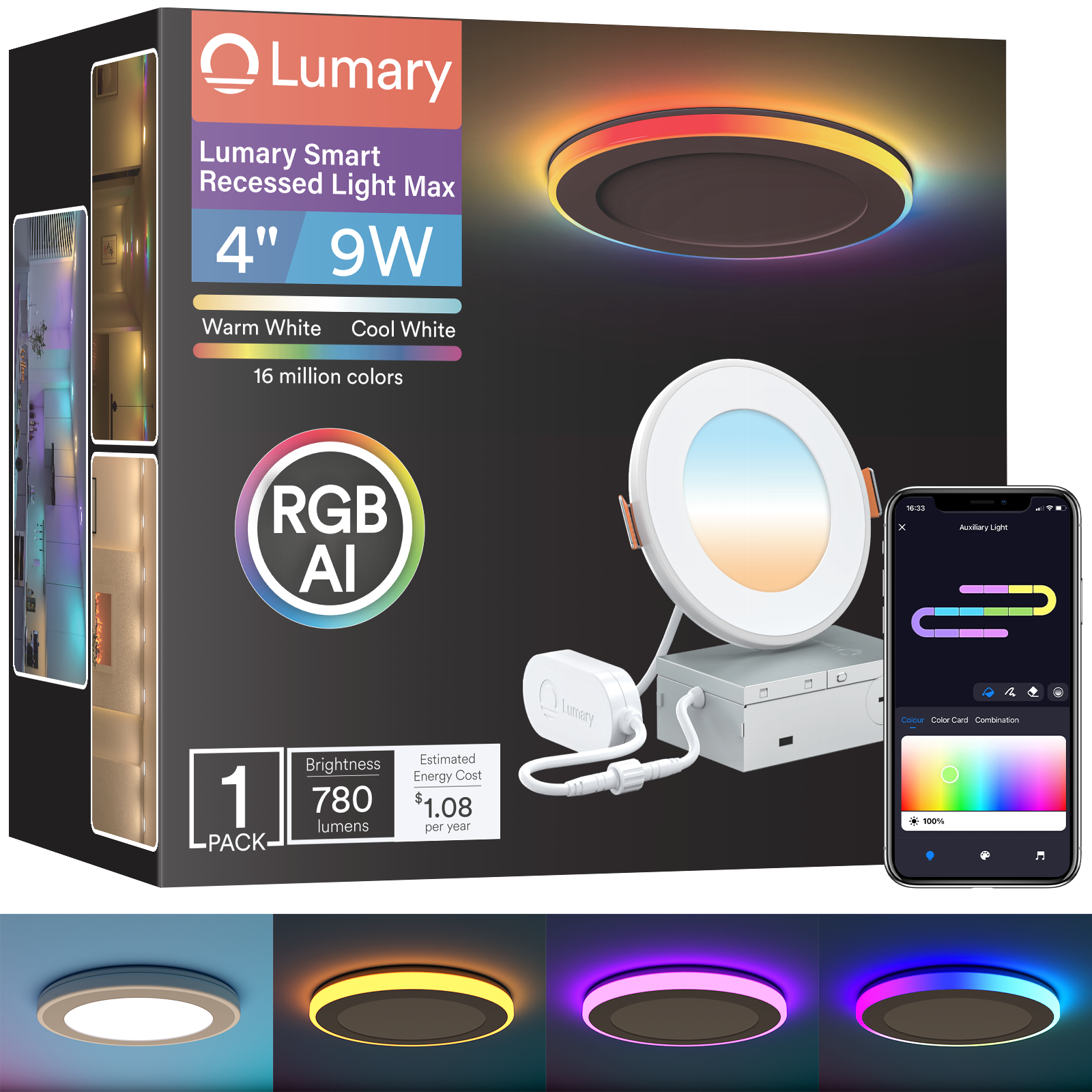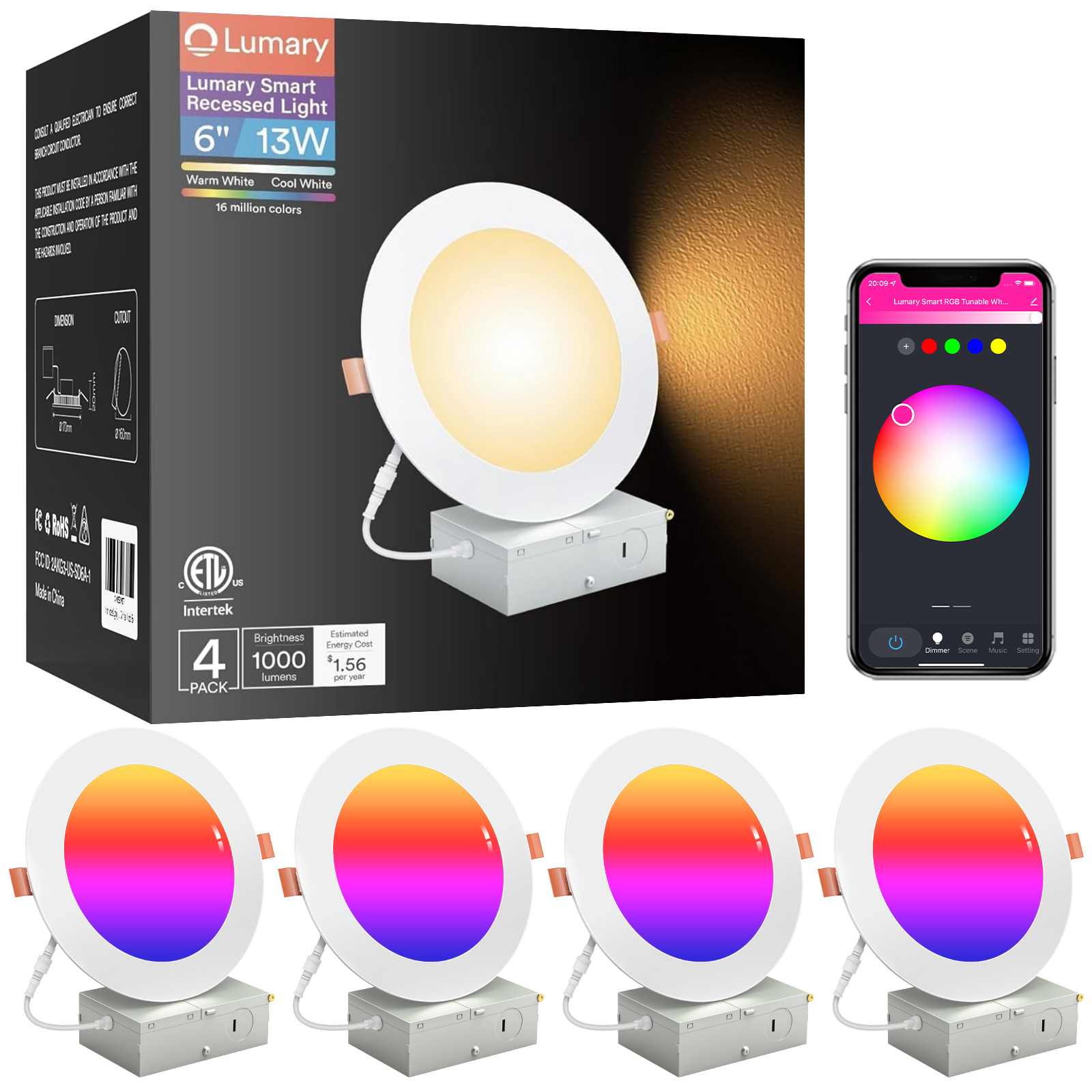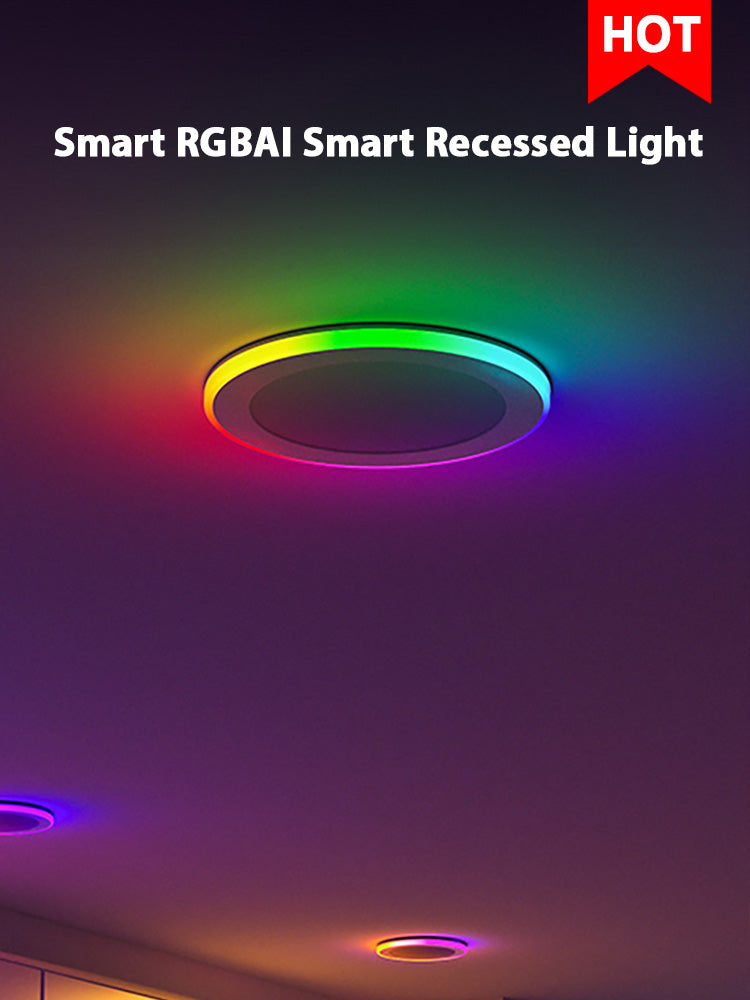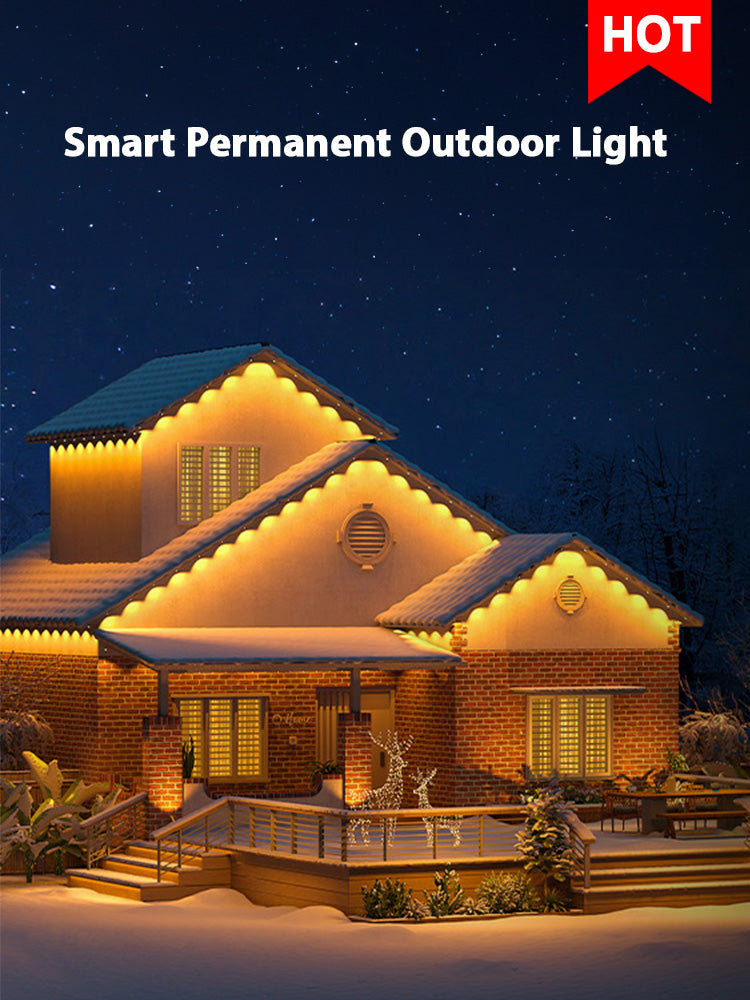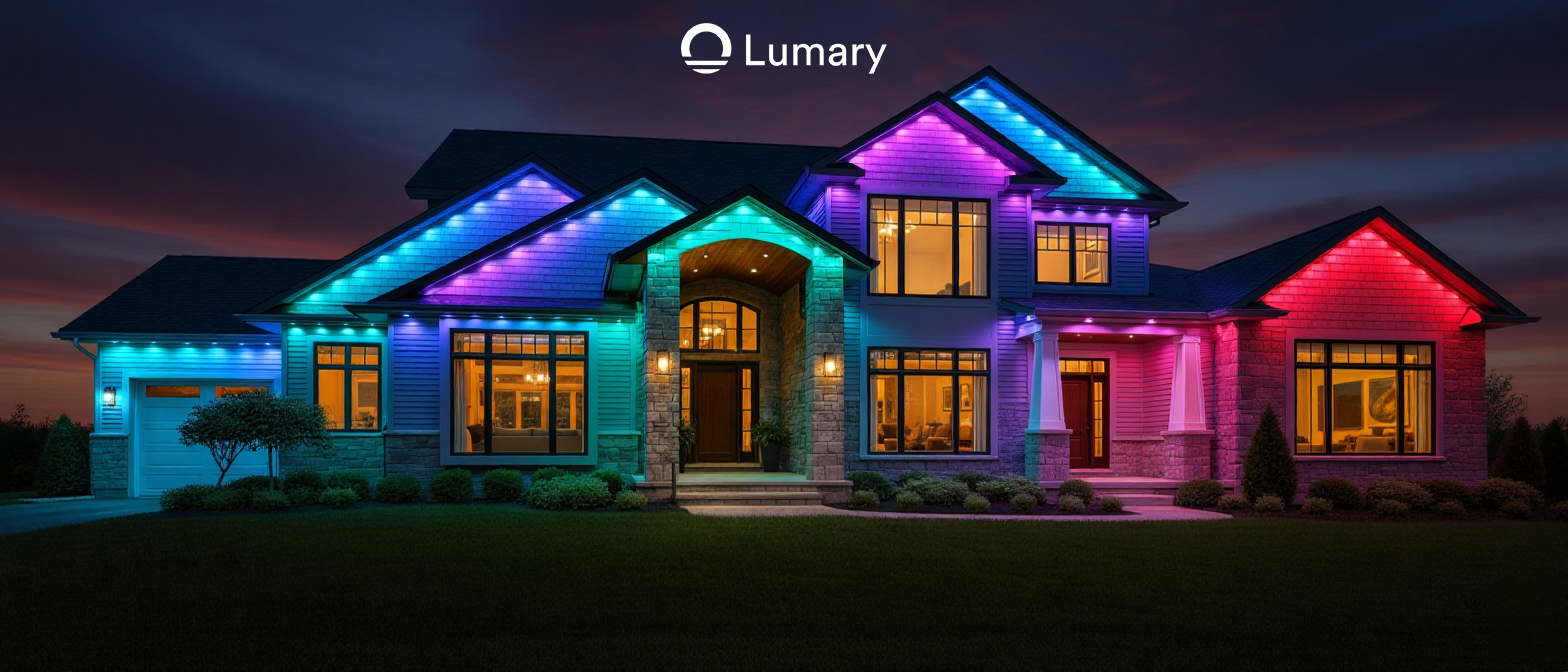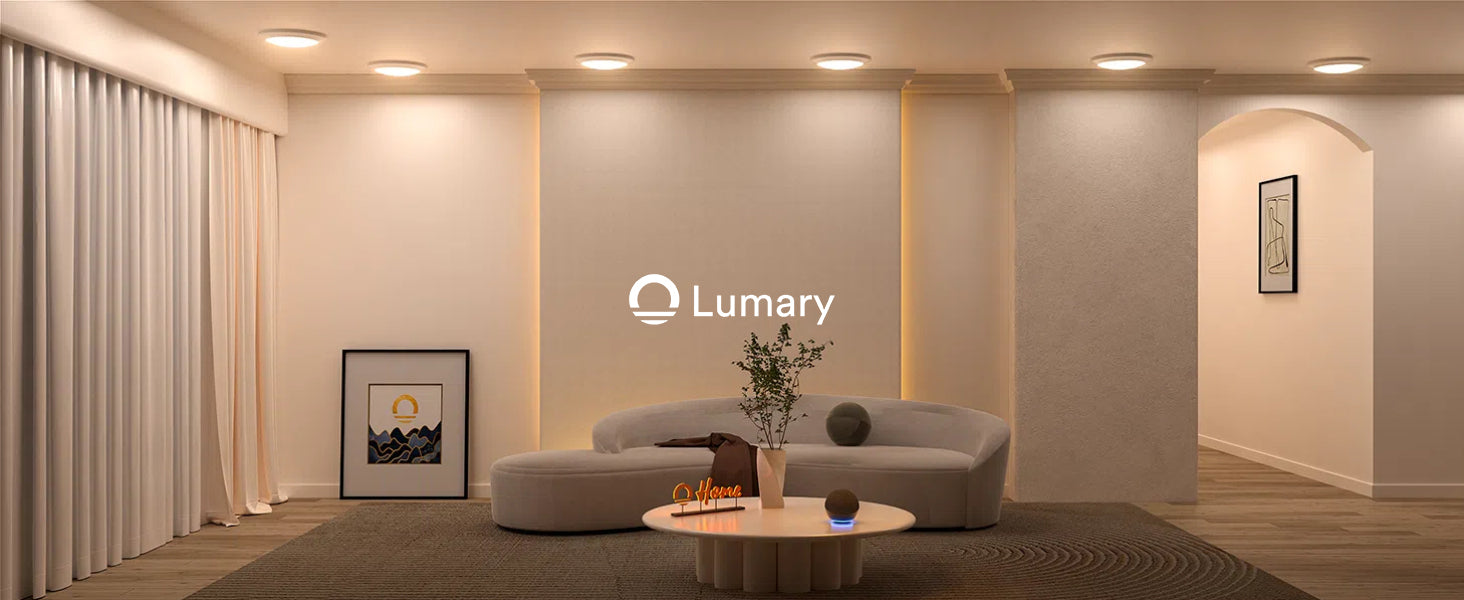Safely putting in landscape lighting needs a good plan. You must use the right outdoor materials. Always turn off the main breaker before starting. Use the correct tools and weather-resistant landscape light fixtures. This helps you stay safe and avoid problems. Many DIY projects fail because of simple mistakes. Some people use indoor parts outside. Others forget GFCI protection or put too much on one circuit. These mistakes can cause fires, shocks, or failed inspections. Follow each step in order. You can light your outdoor space safely and well.

Key Takeaways
-
Think about your yard before you start. Mark where you want the lights. This helps keep people safe and shows off nice spots.
-
Pick materials that can handle bad weather. Use LED or solar lights to save money. These lights last a long time outside.
-
Turn off the power at the main breaker first. Test the circuits before you work. This keeps you safe from shocks and danger.
-
Use cables made for outside when you install wiring. Bury the cables about 6 inches deep. Use waterproof connectors to stop water damage.
-
Check your outdoor lights often. Clean and fix them when needed. This keeps them bright, safe, and working all year.

Planning Landscape Lighting
Assessing the Area
Start by walking around your outdoor space during the day and at night. Look for dark spots, tripping hazards, and areas you want to highlight. Notice where you need extra light for safety, like steps, walkways, or driveways. Check for beautiful features such as trees, flower beds, or water elements. These spots can become focal points with the right landscape lighting. Make a simple sketch of your yard. Mark the places where you want to add landscape lights. This step helps you see the big picture before you begin installation.
Tip: Place your first landscape light at least 10 feet from the transformer. This keeps your system safe and helps with even power distribution.
Lighting Goals
Think about what you want to achieve with your outdoor lighting. Do you want to make your home safer at night? Maybe you want to show off your garden or create a cozy space for evening gatherings. Many people use landscape lighting to boost curb appeal, improve safety, and increase security. You can also use lighting to extend your outdoor living space. Layering different types of lighting, like path lights and accent lights, adds depth and makes your yard more inviting. Choose energy-efficient options, such as LED or solar-powered fixtures, to save money and help the environment.
Layout Mapping
Now, start laying out the fixtures on your sketch. Space pathway lights about 6-8 feet apart for the best coverage. Avoid placing too many lights close together, which can cause glare and waste energy. Plan your installation location by thinking about where people walk and gather. Use accent lights to highlight trees or garden beds. Make sure you direct lights away from windows to reduce light pollution. Always use weather-resistant fixtures for outdoor areas. This step-by-step mapping ensures your landscape lighting looks great and works well for years.

Fixture and Material Selection
Choosing Landscape Light Types
There are many choices when picking a landscape light for your yard. LED outdoor lights use less energy than old bulbs. They can help you save up to 85% on your energy bill. You can get almost any kind of landscape light in LED. Some examples are:
-
Path lights
-
Flood lights
-
Spotlights
-
Step lights
-
Deck lights
-
Hardscape lights
-
Underwater lights
-
Well lights
Solar-powered lights are also a good option. They charge with sunlight during the day and turn on at night. You do not need wires for these lights. This makes installing outdoor light fixtures much easier. Solar-powered lights help you save money and are good for the environment.
Tip: Low voltage LED lighting systems last a long time. Many have a lifetime warranty. This means you will not need to replace them often.
Weather-Resistant Materials
Outdoor lighting must handle rain, snow, and sun. You want your landscape light to last for years. The best materials for outside are:
-
Brass and copper: These metals do not rust or corrode. They are good for wet or coastal places. Brass and copper also look better as they age.
-
Stainless steel: This material looks modern and is strong. You need to clean it sometimes to stop rust, especially near the ocean.
-
Aluminum: It is light and cheap. It works best in dry places. If you pick aluminum, make sure it has a powder coating for extra protection.
-
Plastic: This is not the best for bad weather. Plastic can break in the cold and fade in the sun. Use it only for short-term or for decoration.
Solar-powered lights often use weather-resistant materials. You can trust them to work in most outdoor conditions.
Tools and Supplies
You need the right tools to put in your landscape light safely and fast. Here is a list to help you start:
-
Precision wire strippers to remove wire covers
-
Strong wire crimpers for tight connections
-
Voltmeter to check low voltage and system health
-
Portable heat gun for shrink connectors
-
Auger drill bits for underground wires and stakes
-
Foot stomper stake installer for putting stakes in the ground
-
Cable ties with screw mounts to keep wires neat
-
Rubber mallet for putting in ground stakes and staples
-
Landscape staples to hold wires down
-
Conductive electrical grease to stop connections from rusting
Solar-powered lights need fewer tools. Still, check that all parts can handle the weather. Good tools make installing outdoor light fixtures safer and easier.
Electrical Safety for Installing Landscape Lighting
Power Off and Testing
When you work with electricity outside, safety comes first. Always turn off the power at the main breaker before touching wires or fixtures. This step keeps you safe from getting shocked. Do not just use the wall switch. Always use the breaker box to cut power.
Tip: Even if you think the power is off, check with a voltage tester. This tool shows if any electricity is still in your landscape lighting system.
Here is a simple checklist for testing circuits before you start:
-
Turn off the power at the breaker for your outdoor lights.
-
Put on safety goggles and gloves to protect yourself.
-
Use a voltage tester to make sure there is no electricity.
-
Look for damaged wires or loose connections.
-
Use a continuity tester or multimeter to check the wiring.
-
Measure voltage and resistance to see if everything works.
If you are not sure about these steps, call a licensed electrician. Your safety is the most important thing.
Safe Wiring Practices
You want your landscape lighting to work well for a long time. Good wiring helps your lights last. Plan where your cables will go before you start. Think about where you want lights and how to hide the wires. Only use outdoor-rated, waterproof cables and parts. These can handle rain, snow, and sun.
Dig trenches about 6 inches deep to bury your cables. This keeps them safe from shovels, pets, and weather. In places where wires could get hurt, use protective conduits. Put your low-voltage transformer near an outdoor outlet. Keep it off the ground so water cannot reach it.
When you connect your lights, use waterproof connectors made for outside. Strip about half an inch of insulation from each wire. Twist the wires together tightly, then put them in the connector. Twist the connector until it feels tight. This keeps water out and makes a strong connection.
Note: Never use indoor connectors outside. Only use connectors made for direct burial.
After you connect everything, test your system before covering the cables with dirt. Make sure every light turns on. Hold the cables down with clips or stakes so they do not move. When you finish, check for any wires or connectors that are not covered. Cover them well to keep out water.
Check your system often. Set a time to look at cables and connections. If you find damage, replace the bad part right away. Use a voltage meter sometimes to make sure your lights stay bright and safe.
Code Compliance
Electrical safety means following the rules. Local codes help keep you and your home safe. Always check your city or county’s rules before you start. Some places need permits for outdoor electrical work. Others have rules about how deep to bury cables or what kind of wire to use.
Follow the instructions that come with your landscape lighting fixtures. Manufacturers test their products for safety. Using the right connectors and wiring helps you pass inspections and avoid problems.
If your project is too big or you need to use line-voltage systems, hire a licensed electrician. They know the codes and can do the job safely.
Remember: Good planning, safe wiring, and following the rules protect your home and family. Never skip these steps when working with electricity outside.
Installing Landscape Lighting
Mounting Fixtures
You have your plan and your tools ready. Now it is time to start installing landscape lighting. Begin by placing each fixture in its marked spot. Push stakes into the ground for path lights and make sure they stand straight. For spotlights or floodlights, aim them at the features you want to highlight. You can use a rubber mallet to help set stakes without breaking them.
If you are installing outdoor light fixtures on walls or decks, use the right screws and anchors. Make sure each fixture feels secure and does not wobble. Keep all fixtures at least a few inches above the ground to avoid water pooling around the base. This step gives your lighting full protection from rain and mud.
Tip: Step back and look at your yard after placing each fixture. Adjust the angle or height if you want a different effect. You can always tweak things before connecting the lights.
Running and Securing Cables
Safe cable routing is a big part of installing landscape lighting. You want to keep cables neat and out of the way. This helps prevent tripping hazards and protects your system from damage.
Here is a simple way to run and secure your cables:
-
Bundle cables together using cable ties every two to three feet. This keeps them organized.
-
Anchor cable bundles at both ends so they do not move around.
-
Use cable mats or ramps if you need to cross a walkway. This reduces the risk of someone tripping.
-
Elevate cables overhead if you cannot avoid walkways. This keeps them out of the path.
-
Raise connectors off the ground to protect them from water.
-
Plan your cable layout to avoid high-traffic areas.
-
Choose UV-resistant and heavy-duty cable ties for outdoor use.
-
Label each cable. This makes future maintenance easier.
-
Use adhesive mounts on smooth surfaces and Velcro wraps if you need to move cables later.
-
Add rubber grommets or foam padding when tightening ties around delicate cables.
Dig shallow trenches, about 6 inches deep, to bury your cables. This step adds another layer of protection. Hold cables down with landscape staples so they do not pop up. Always check that you have not placed cables where people or pets walk often. Good cable management means your lighting will last longer and stay safe.
Waterproof Connections
Weatherproofing is key when installing landscape lighting. You want every connection to stay dry and safe. Use waterproof connectors made for outdoor use. Strip the wire ends, twist them together, and seal them inside the connector. Make sure the connector clicks or twists tight.
Wrap each connector with electrical tape for extra weatherproofing techniques. Place connectors above ground level or on a small brick to keep them out of puddles. If you use heat-shrink tubing, apply a heat gun until the tubing seals tight around the wires. This step gives your system full protection from rain, snow, and mud.
Note: Never leave bare wires exposed. Even a small gap can let in water and cause problems later.
Testing and Adjustments
Before you finish installing landscape lighting, you need to test everything. Plug in your transformer and turn on the power. Walk around your yard and check each light. Make sure every fixture turns on and shines in the right direction.
This is the time for testing before final burying. If a light does not work, check the wiring and connectors. Adjust the angle of your spotlights or path lights if you see dark spots or glare. Move fixtures if you notice shadows in the wrong places.
After you finish testing, cover any exposed cables and connectors with soil or mulch. This step finalizes the installation and keeps your yard looking neat. You can now enjoy your new lighting system, knowing you installed it safely and effectively.
Tip: Test your lighting at night. Sometimes, lights look different in the dark than they do during the day. Make small changes until you get the effect you want.
Safely Installing Landscape Lighting: Common Mistakes
Over-Lighting
You might think more light means better results, but too much lighting can cause problems. Over-lighting can create harsh glare and make it hard to see at night. It can also disturb your neighbors by shining into their windows or yards. Plants in your yard may grow in strange ways if they get too much light at night. Some plants might not flower at the right time, or they could grow in odd shapes. Too many bright lights can also make some parts of your yard look darker by casting strong shadows. This can actually reduce safety by hiding tripping hazards.
Tip: Use only as much light as you need. Aim and shield your lights to keep them focused on the right spots.
Poor Sealing
If you do not seal your connections well, water can get inside. Moisture in the wires or fixtures can cause them to stop working. You might see flickering lights or even lose power to part of your system. Poor sealing can also lead to rust and damage over time. Always use waterproof connectors and keep them above ground when possible. Wrap connections with electrical tape or use heat-shrink tubing for extra protection. Good sealing keeps your lights working longer and helps you avoid costly repairs.
-
Water inside connections can cause:
-
Flickering or dim lights
-
Short circuits
-
Rust and corrosion
-
Early failure of fixtures
-
Improper Wiring
Wiring mistakes are one of the biggest risks when installing outdoor lights. If you connect wires the wrong way or skip grounding, you put yourself and your home in danger. Bad wiring can cause shocks or even fires. Overloaded transformers or exposed wires can make things worse. Moisture can get into poorly protected wires and damage the whole system. Even with safer LED lights, you still need to install everything the right way.
-
Common wiring mistakes include:
-
Loose or weak wire connections
-
Skipping proper grounding
-
Using indoor wires outside
-
Overloading the transformer
-
Not waterproofing connections
-
If you feel unsure about wiring, ask a professional for help. Your safety always comes first.
Maintenance and Upkeep
Regular Checks
You want your outdoor lighting to shine bright and work safely all year. Make it a habit to check your system every 6 to 12 months. Walk around your yard and look for loose wires, broken fixtures, or dim lights. If you live in a place with harsh winters, check your lights before and after the cold season. Snow and ice can hide or damage fixtures. In summer, look for burnt-out bulbs and swap them out right away. After a big storm, take a few minutes to inspect your lights and wiring for any problems.
Tip: Set a reminder on your phone or calendar for regular outdoor lighting checks. This small step helps you catch issues early and keeps your yard safe.
Cleaning Fixtures
Clean fixtures help your lights shine brighter. Dirt, dust, and bugs can block light and make your yard look dull. Always turn off the power at the breaker before you start cleaning. Take off bulbs and covers and place them on a soft towel. Use a soft brush or cloth to wipe away dirt and cobwebs. For metal fixtures, use a gentle cleaner. If you see tough stains, try a baking soda paste. Brass or copper fixtures look great after a mix of lemon juice and baking soda. Soak glass parts in warm, soapy water and dry them with a lint-free cloth. Clean your fixtures two or three times a year for the best results.
Cleaning your outdoor lighting can boost brightness by up to 20% and help your fixtures last longer.
Timely Repairs
Sometimes, things go wrong with your outdoor lighting. Watch for signs like several lights going out at once, flickering bulbs, or breakers that keep tripping. You might hear buzzing from a transformer or see water inside a fixture. If you spot any of these problems, fix them right away. Quick repairs stop small issues from turning into big, expensive ones. Always check wires and connections for damage. Replace broken parts as soon as you can. If you feel unsure, call a professional for help.
Taking care of repairs quickly keeps your outdoor space safe and looking great.
Final Installation Tips
Light Placement
Getting your lighting just right makes your yard both safe and beautiful. Start by lighting up pathways, stairs, and any spots where someone might trip. Place bollard lights every 5-6 feet along walkways. Use step lights on stairs and post lights at corners or junctions. Shine uplights at the base of trees to show off their shapes and textures. Try layering different types of lighting, like uplighting for trees and ambient lighting for patios, to add depth and interest. Mix in string lights over seating areas for a cozy feel. Always check that your fixtures stand straight and feel secure. Keep your transformer in a dry spot, close to an outdoor outlet, and off the ground for safety.
Tip: Step back and look at your yard at night. Adjust your lights until you see even coverage and no harsh shadows.
Minimizing Light Pollution
You want your outdoor space to glow, not glare. Use fixtures with shields or baffles to direct light only where you need it. Point lights away from windows and neighbors’ yards. Choose softer tones for dusk and brighter lights for late-night activities. Try energy-saving options like LED bulbs or smart lighting systems. These choices help you save money and keep the night sky clear. Remember, less is often more. Too much lighting can wash out your garden’s beauty and bother others.
-
Use shields or covers to focus beams.
-
Place lights low to the ground for pathways.
-
Turn off or dim lights when not needed.
When to Hire a Pro
Some lighting projects are easy to handle on your own, especially if you use solar or plug-in lights. But if your plan includes hardwiring, new circuits, or connecting to your home’s electrical system, it’s smart to call a professional. Electricians know all the tricks for safe installation and follow local codes. They can design a layout that fits your yard and keeps everything safe. Hiring a pro saves you time, prevents hazards, and gives you a lighting system that lasts. If you ever feel unsure, don’t risk it—get expert help.
Note: DIY works well for simple jobs, but complex lighting setups need a professional touch.
You can create a safe and beautiful yard with the right lighting. Start with a solid plan, pick strong materials, and always follow safety steps. Keep your lighting system in top shape by checking it often and cleaning fixtures. If you ever feel unsure, ask a pro for help. Good lighting makes your outdoor space shine and keeps everyone safe.
Enjoy your new lighting and the fresh look it brings to your home!
FAQ
How deep should I bury landscape lighting cables?
You should bury cables about 6 inches deep. This keeps them safe from shovels, pets, and weather. Always check for underground utilities before digging.
Can I install landscape lights myself?
Yes, you can handle most low-voltage or solar lights. If you need to work with high-voltage wiring or new circuits, call a licensed electrician for safety.
What type of bulbs work best outdoors?
LED bulbs work best for outdoor lighting. They last a long time, use less energy, and handle weather changes well. You can also find them in many styles.
How do I keep my outdoor lights from attracting bugs?
Use warm-colored LED bulbs. Bugs like cool, bright lights. Place fixtures away from doors and windows to keep insects outside.


